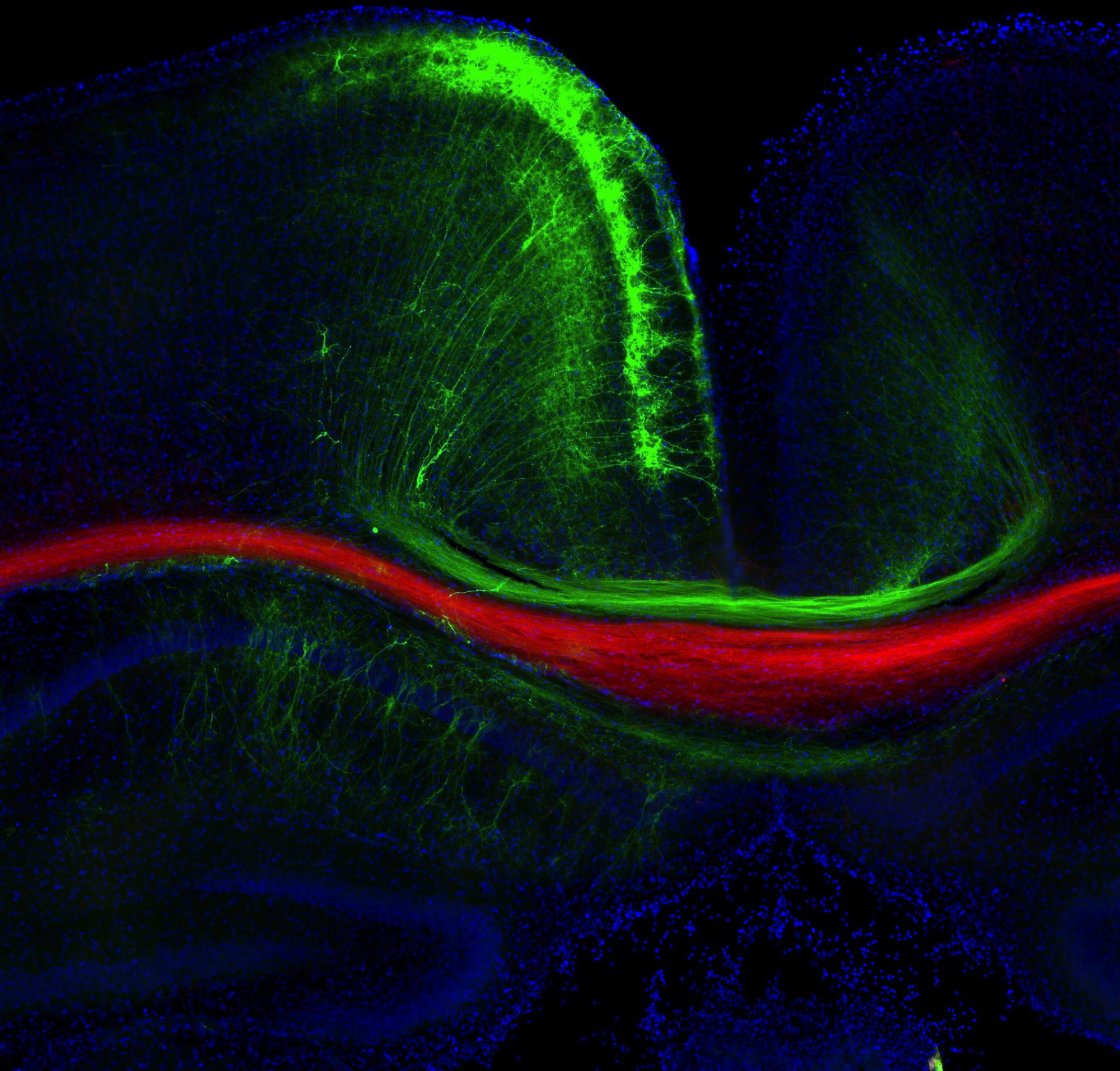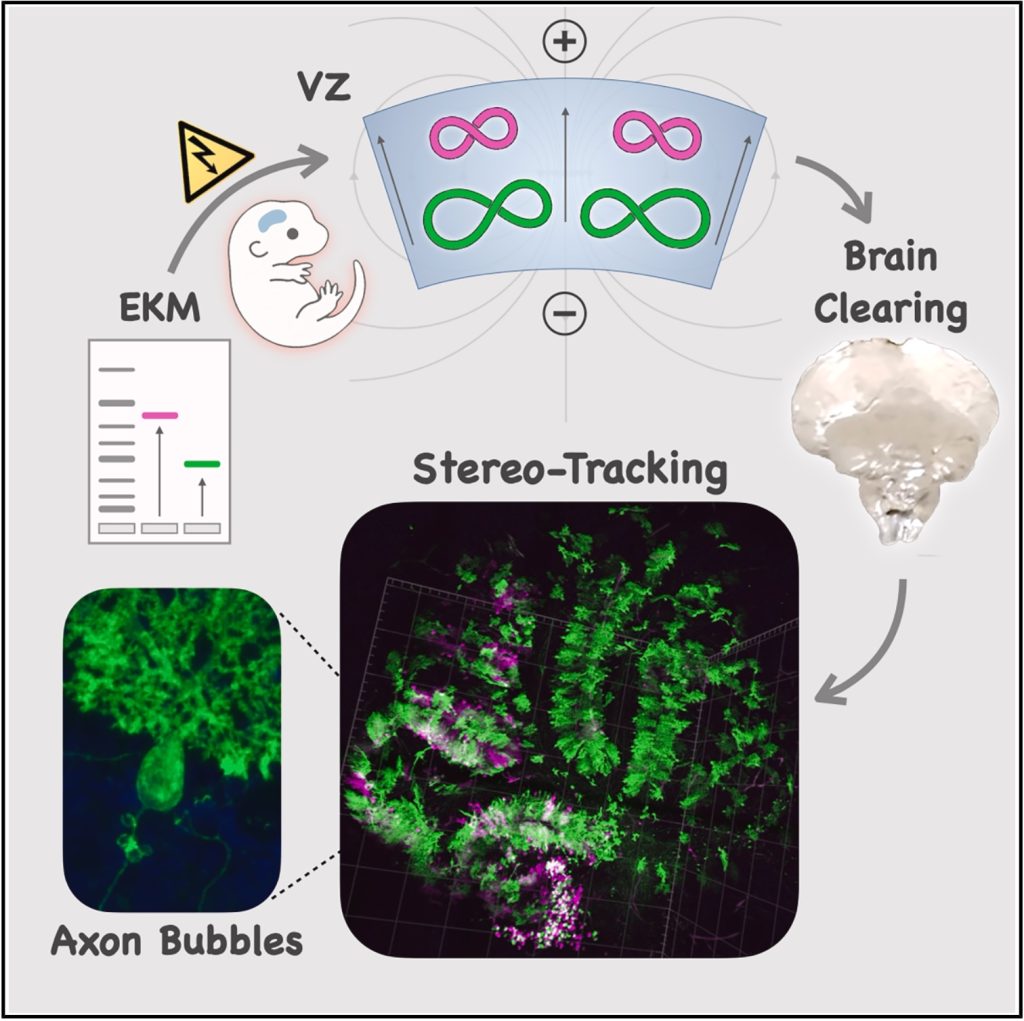Cheryl Brandenburg, PhD
Postdoc, T32 fellow
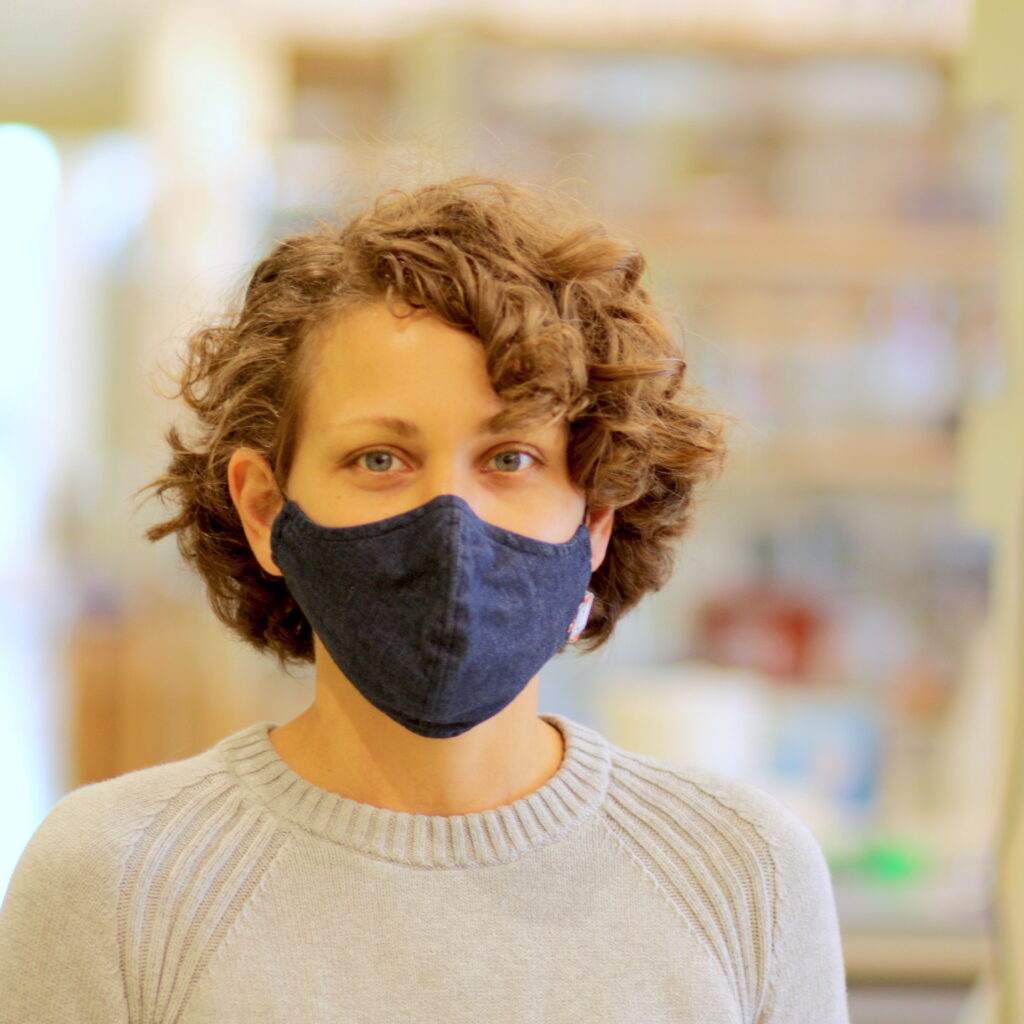
Contact: cherylbrandenburg{at}som.umaryland.edu
Lab space: HSF3 room 9130
Cheryl’s publications on Google Scholar
Cheryl’s research goals center around developing support for individuals with autism after having worked as an in-home therapist for children on the spectrum. Her dissertation studies focused on postmortem autism brain tissue and uncovering circuit alterations across individuals. The cerebellum and basal ganglia became her primary regions of interest and, as a postdoc, she is currently working to characterize the impact of autism-associated genes on the development of cerebellar circuitry. To accomplish this, she has optimized techniques for CRISPR genome editing, cerebellar in utero electroporation, clearing and light sheet imaging of rodent brains to quantify Purkinje topography in a 3D space. By understanding circuit and signaling alterations, Cheryl hopes to one day understand the cerebellum’s contribution to challenging sensorimotor behaviors in autism.
Supported by:
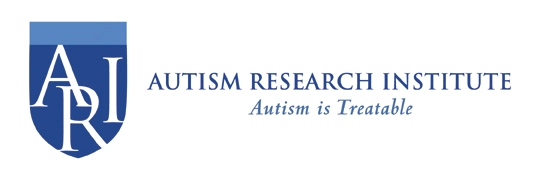
Posts featuring Cheryl:
Cheryl wins Simons Fellows-to-Faculty Award!

Huge congratulations to Dr. Cheryl Brandenburg, PouLab postdoc alumna, for being named one of the 2025 Simons Foundation Fellows-to-Faculty awardees!
The award provides $600,000 over three years to launch her independent research program. Cheryl’s future lab will explore how the brain’s language circuits are wired and how they differ in autism. Read more about her proposal “From neural circuits to communication: Unraveling language pathways in autism” below.
The whole lab is excited to see Dr. Brandenburg’s future discoveries in the biology that underlies the autism spectrum!
Simons Foundation Announces Recipients of 2025 Fellows-to-Faculty Awards
Cheryl’s Paper Published in Cell Reports Methods! New Stereo-Tracking Method and Discovery of Axon Bubbles
Axon bubbles: hidden structures in the developing brain, seen for the first time!
A new method we call Stereo-Tracking takes advantage of a bioelectrical interaction between DNA and cells in the embryonic brain to label the brain’s progenitors in 3D! Combined with brain clearing and light sheet imaging, it lets us track how different neural stem cell niches map onto brain circuits in ways we could not before.
Applying it to the cerebellum, the “little brain” at the back of the head, we stumbled upon a previously unknown cellular structure. We noticed bizarre membranous spheres clustering around the base of growing axons in the second postnatal week of development. They appear completely empty inside, making them invisible to previous labeling methods.
We named these mysterious structures “electrolucent axon bubbles“. Fun fact, we first confirmed their existence on the day of the spring equinox, when they appeared as radiant disks on electron micrographs; hence electrolucent, a small dedication to Apollo, the sun god 🌞. True science anecdote!
These bubbles form on Purkinje cell axons as granule cells squeeze past them during the largest neuronal migration in the brain (don’t forget: the cerebellum contains many more neurons than the rest of the brain combined)!
The light sheet rendering below shows Stereo-Tracked Purkinjes as they wire the developing cerebellum. Their striking circuitry quietly handles enormous computational workloads, like GPU arrays running alongside the cerebral cortex’s CPU. Kudos to Dr. Cheryl Brandenburg for these beautiful data!
Read the full story in our paper just out in Cell Reports Methods.
Huge congratulations to lead author Cheryl Brandenburg, the entire PouLab team at UMSOM, and our fantastic collaborator teams Roy Sillitoe at Baylor, Ben Cooper at the Max Planck Institute for Multidisciplinary Sciences, and Izumi Sugihara at Tokyo Medical and Dental University!
Big thanks as well to the NIH Common Fund, the Autism Research Institute, and the MPRC Training Program. Without your support, none of this would have been possible!
Neuroligin-3 paper gets the cover of Biological Psychiatry!
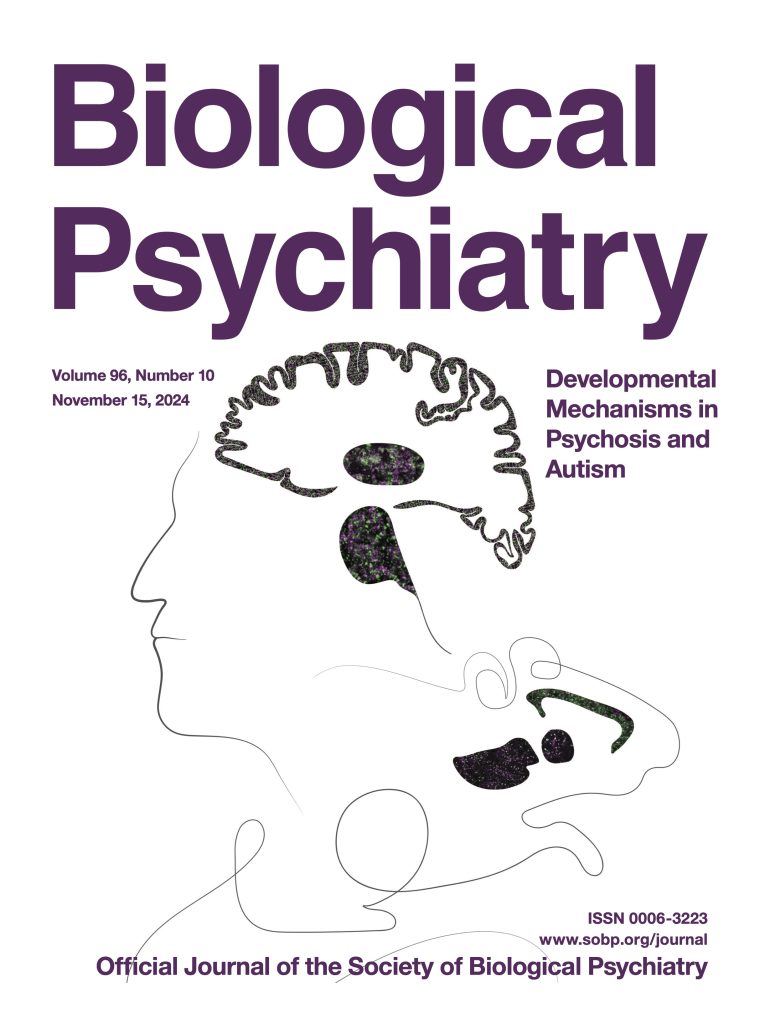
Congrats to Bek Altas and other lab members, as well as our collaborators at the Max Planck Institute for Multidisciplinary Sciences and the University of Turin. Our paper on the synaptic localization of Neuroligin-3 in the mouse and human brain and the molecular mechanism that regulates it, became the cover article on this month’s issue of Biological Psychiatry! Congrats to Cheryl Brandenburg for the cover art and the epic experiment that inspired it, one of the first ever immunolabelings of excitatory and inhibitory synapses in the human brain!
